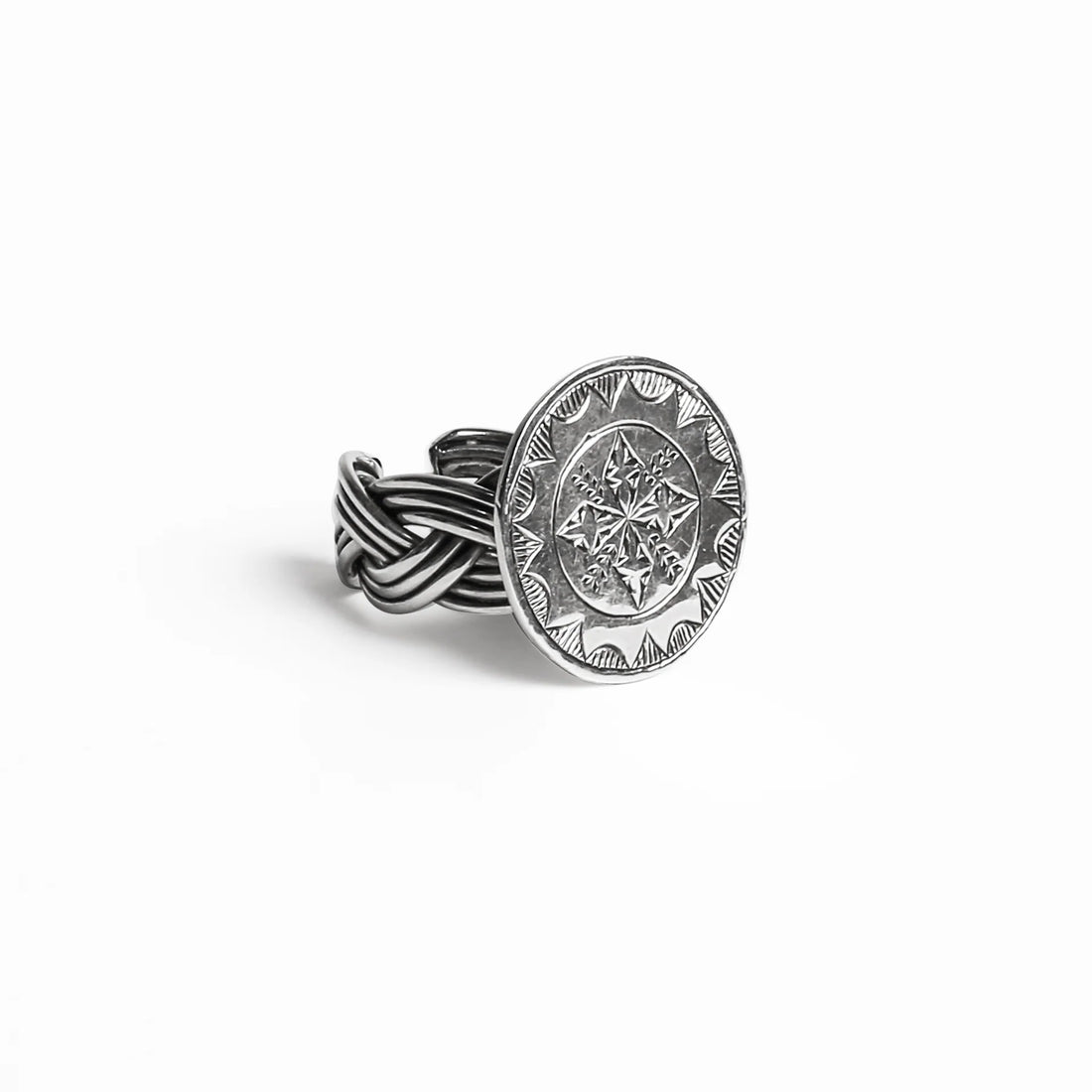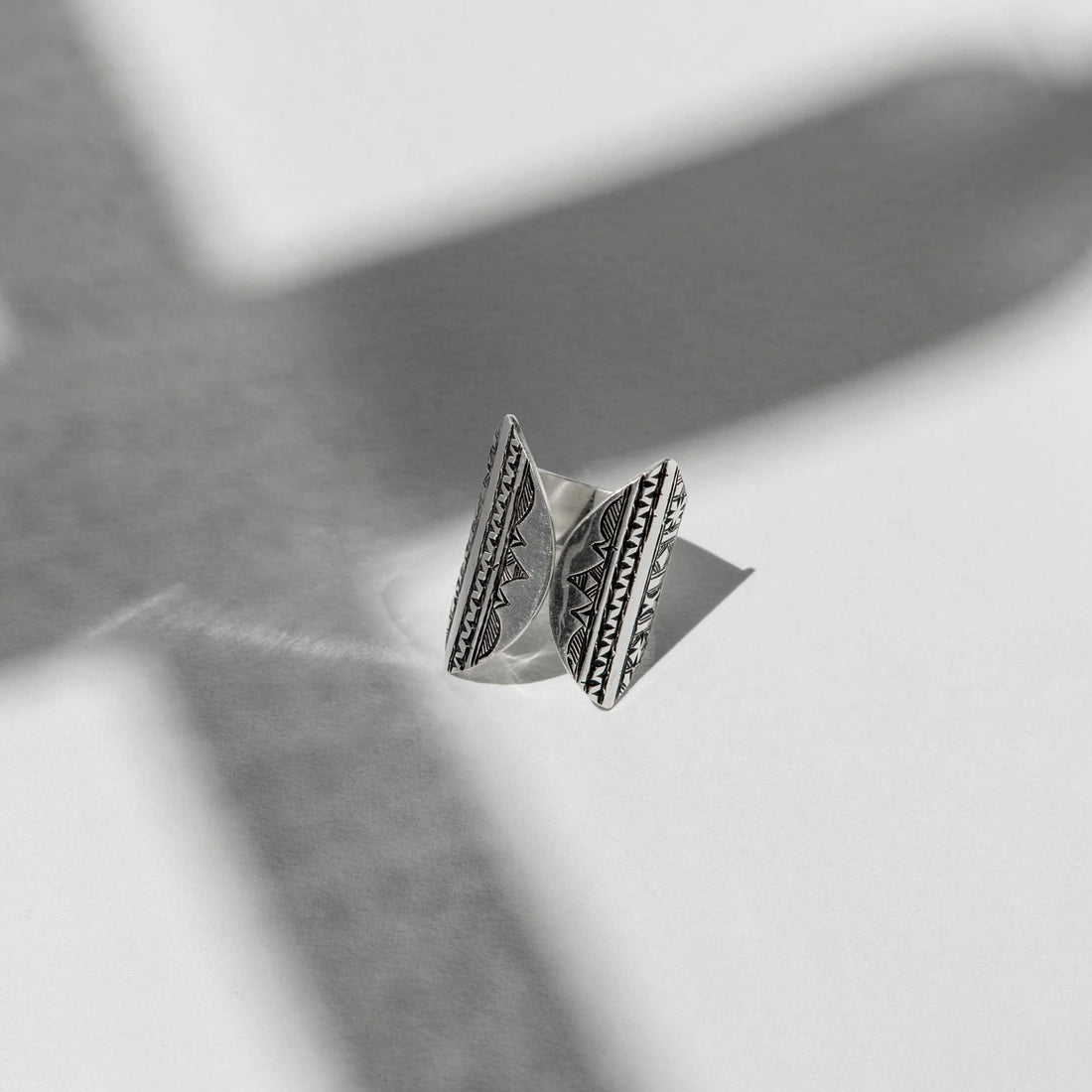The tattoo traditions of the Berber people, deeply rooted in history, play a significant role in modern tattoo culture. These traditions, dating back to antiquity, impress with their unique motifs and designs characterized by geometric patterns and symbols such as the sun, moon, and animals. These tattoos, especially for women, express identity and community belonging and often symbolize specific qualities or skills.
The Significance of Tattoos in Berber Culture
Berber tattoos feature a variety of patterns and symbols, each with profound cultural significance. Here are some of the most common patterns and their meanings:
-
Geometric Patterns: Represent order, stability, and the structure of the universe.
-
Triangles: Symbolize the connection between heaven, earth, and the spirit world; often used for protection.
-
Diamonds: Represent femininity and fertility.
-
Lines and Zigzag Patterns: Embody water and snakes, indicating adaptability and vitality.
-
Dots and Circles: Represent stars or pearls; symbolize energy and knowledge of the universe.
-
Animal Motifs:
- Scorpions: Protection symbol against evil spirits and diseases.
- Snakes: Represent healing and protection.
-
Sun and Moon Symbols:
- Sun Rays: Strength and energy, life-givers.
- Moon: Femininity, cyclic nature, and intuition.
-
The Eye of Fatima (or Hand of Fatima): Provides protection from the evil eye, brings luck and blessings.
-
Stars: Guide the wearer and symbolize spiritual guidance.
These patterns are traditionally used in a series of rituals and are meant to provide specific powers or protection. The meanings can vary depending on which region of Berber culture they are used in.
The Techniques and Materials Used in Tattoo Traditions
The art of tattooing among the Berbers has evolved over time but remains traditional at its roots. Originally, the tattoos were hand-poked using a needle made from thorns or bones and applied with special ink. Today, many tattoo artists use both traditional and modern tools like electric needles to increase precision and ease the application. The colors used, often vivid and strong, can come from natural sources like henna or be synthetically made.
The Historical Background of Berber Tattoo Traditions
These historical practices originally served to signal status, provide protection from diseases, and prevent injuries.
- Protection and Healing: Berber tattoos were traditionally used to provide protection from the evil eye, diseases, and misfortune. Some symbols, such as the Eye of Fatima, are specifically meant to protect against envy and negative energies.
- Status and Identity: Tattoos often signaled a person's social status within the community. They could also mark important life events such as puberty, marriage, or motherhood.
- Spiritual and Religious Significance: Many tattoos had a profound spiritual meaning and were seen as connections to spiritual or divine forces.
Today, they remain highly significant, and the patterns and techniques have spread in modern tattoo art worldwide. Tattoo artists in Germany and other countries incorporate these motifs into their works, creating new interpretations that preserve the cultural significance and inspiration of Berber tattoo traditions.
Modern Interpretations: How Tattoo Art Has Evolved
In modern tattoo art, many new designs and techniques have developed that are inspired by traditional Berber tattoos. Tattoo artists in Germany and around the world have begun to use these unique motifs and create their own interpretations. Although modern interpretations are becoming more common, the captivating world of Berber women's tattoo traditions remains an important source of cultural significance for many people around the world. The captivating world of Berber women's tattoo traditions continues to be a source of cultural significance and modern inspiration. The tattoos are not only artistic designs on the skin but also carry symbolic meanings and tell stories about the life and culture of the Berbers. Although the techniques and materials have become more advanced over time, the art of tattooing among the Berbers is still traditional and handmade. The tattoo traditions of Berber women have also inspired and influenced modern artists, leading to new designs based on traditional motifs. Overall, the captivating world of Berber women's tattoo traditions remains a source of cultural significance and modern inspiration for all tattoo enthusiasts worldwide.
Immerse yourself in the rich traditions of the Berber people. Discover our exquisite collection of handcrafted treasures, from Berber carpets and textiles to jewelry and sustainable accessories.









